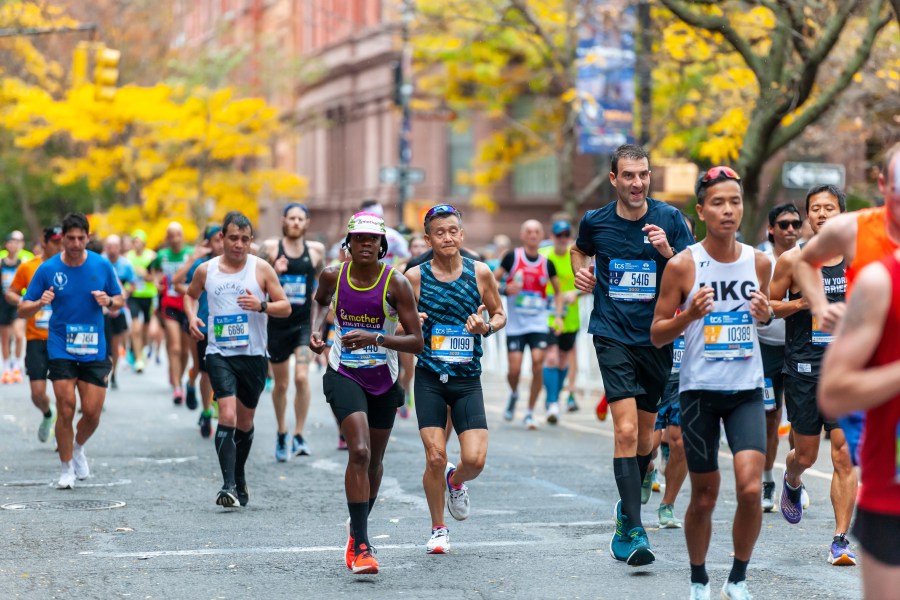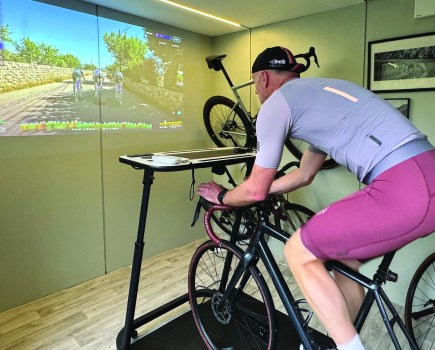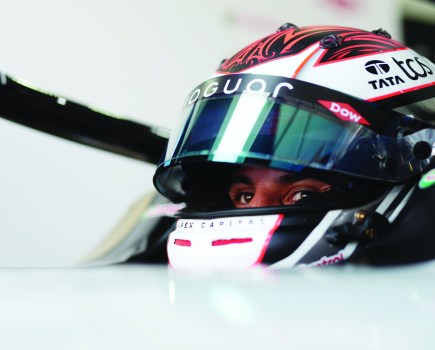Thousands of runners will hit the streets of New York City this weekend for the legendary marathon. Former pro athlete Ross McGraw, now Global Vice President and head of sports-tech company CORE, reveals how to run your best time
The New York City Marathon is just around the corner – one of the most exciting and challenging races on the running calendar. If you’re gearing up for the big day, you’re probably feeling a mix of nerves and excitement. The course is famous for its steady hills and electric atmosphere; maybe not the easiest place to chase a PR, but definitely one of the most unforgettable.
I’ll be lining up for my third NYC Marathon this year. My previous time of 2hrs 38mins taught me plenty about what works (and what doesn’t) on this course. Whether it’s your first time or your fifth, here are a few tips I’ve learned to help you make the most of race day.
- Stay off your feet: New York is magical, but save the sightseeing for after the race. Walking miles around Manhattan before you’ve even started can sabotage your legs. Relax, rest, and visualize your race instead. Your future self will thank you at mile 22. NYC Marathon is a logistical challenge, study and know the course, how you are getting to the start, and how you will get home. Similarly, get in and out at the Expo and don’t get caught up browsing all the new gadgets and gear. It’s easy to lose hours on your feet. Have a plan: pick up your race bib, grab any essentials, and head out quickly so you can rest up and save your energy for race day.
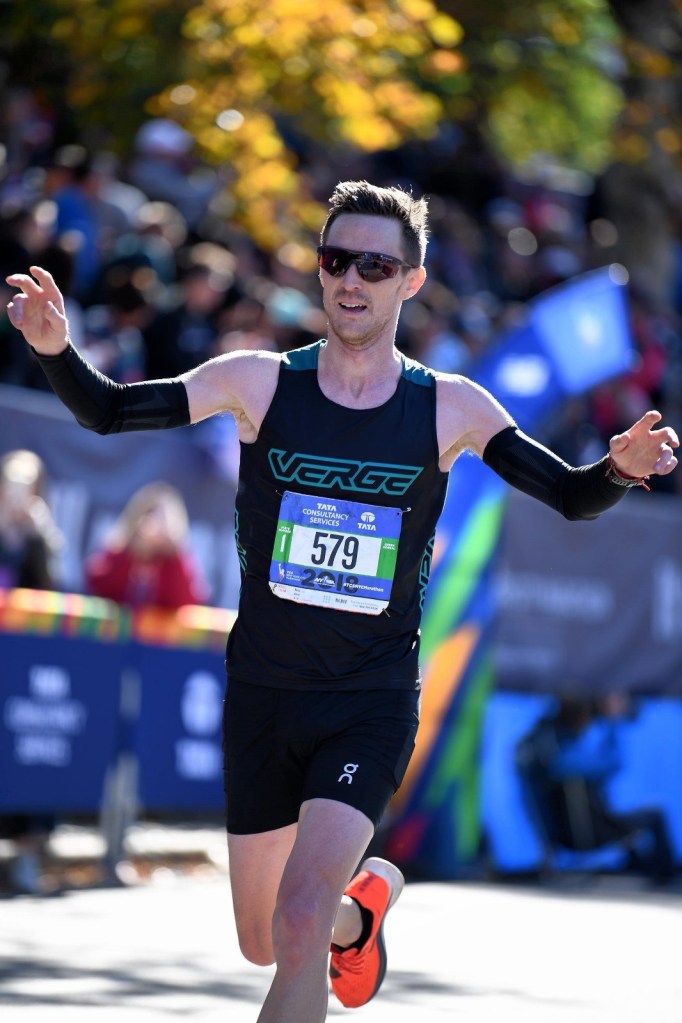
- Remember your pacing: It’s easy to get swept up in the electric atmosphere of New York. The crowds, the music, and the adrenaline – especially at the start, along 1st Avenue, and in the Bronx – can tempt you to go out too hard. Stick to your pacing strategy, monitor your heart rate, breathing rate, and, if possible, your core body temperature to stay in your optimal performance zone. Controlled pacing in the early miles will pay off when you hit Central Park. Pay special attention to pace in the beginning and at big crowd moments like when you hit First Ave.
- Don’t underestimate the bridges: While the NYC course may look relatively flat, the bridges – like the Queensboro and Verrazzano-Narrows – are long, steady climbs that can take a toll on your legs. Incorporate hill training into your preparation to build strength and resilience, especially for those late-race inclines when fatigue sets in.
- Start heat-adaptation training: Acclimatisation for sporting events isn’t a new concept. Preparing for a temperature change, however, receives little attention compared to oxygen levels or even humidity. You might be thinking: ‘The NYC Marathon is in November. Why should I bother with heat training?’ The research is clear though: heat-adaptation training in warmer temperatures can improve VO2 max and time-trial performance by 5% and 6% respectively, even in cooler temperatures. Once you’re pushing below the three-hour marathon mark, you should be looking to claim every 1% difference.
- Temperature, temperature, temperature: On a similar note, dress smart on race day – November mornings in New York can be cold, but the city heats up quickly. Bring warm, disposable layers for the start. You’ll want to stay comfortable while waiting for the gun but be ready to shed gear as the sun rises. You’ll want to stay cool in the race to get the most out of your body on race day. Lightweight, breathable fabrics will help regulate your body temperature so you stay cool and efficient once you’re running. Every person’s body is different though, and for that reason it’s important to track your unique response to different temperature environments to perform at your best. A non-invasive wearable device like a CORE sensor makes that possible.
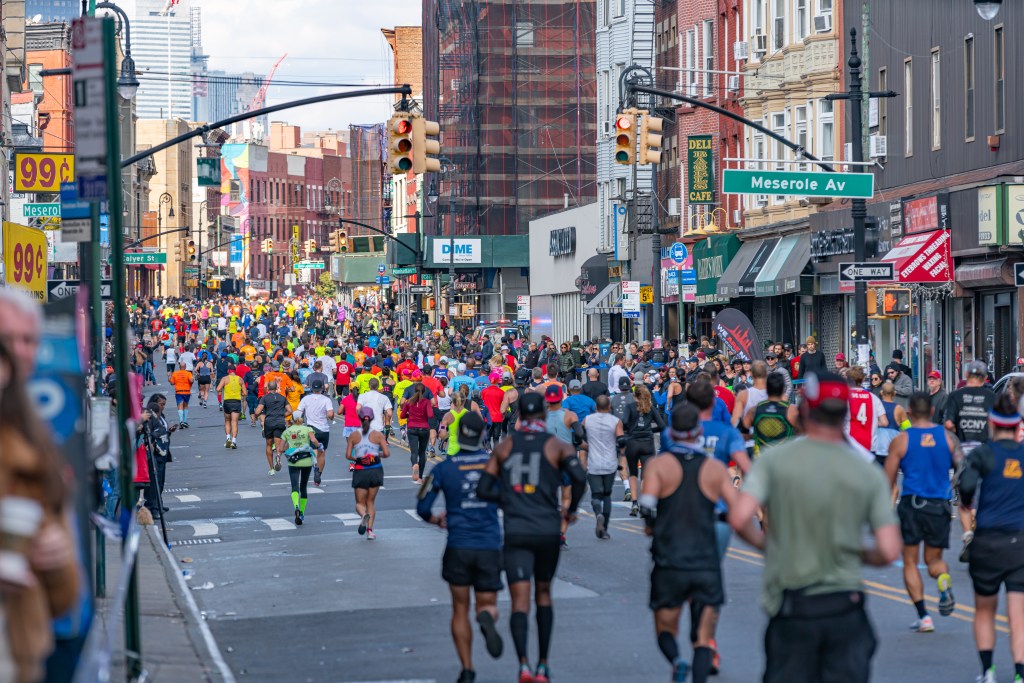
- Mental preparation: The marathon is as much a mental battle as it is a physical one butyour mindset is your greatest tool. Visualize the course, anticipate challenges, and prepare for things not to go exactly to plan. Stay adaptable, and remember why you’re there!
- Special treats: Similar to the above,plan emotional fuel along the route to keep you going. Mental fuel is just as important as physical. Knowing where your friends and family will be can make all the difference. Ask them to bring something to lift your spirits – a funny sign, your favorite snack, or simply a smile. Those small boosts can pull you through the toughest miles.
- Nutrition is key: Fuel wisely before, during, and after your race. In the days leading up to the marathon, build and maintain your glycogen stores with balanced carbs and hydration. On race day though, remember that NYC’s finish line isn’t the end of your journey – you’ll still have miles to go before reaching your transport home (subway, cab, or pedicab). Keep refueling post-race (along with topping up with electrolytes) to aid recovery.
- Reduce training volume ahead of the race: In the last days ahead of race day, it’s important to bring training volume down to a level that will allow your body to recover fully. This might be common advice, but far too few athletes heed it in fear of short-term fitness losses. There’s a fine balance to be found here, but without adequate recovery, human bodies are more likely to fatigue, overheat, and fall into inefficient movement patterns. I’ve found it’s better to err on the side of caution here, than burning too brightly before burning out.
- Enjoy it: New York City is special. Soak it all in, smile for the cameras, and remember why you trained so hard. This is your moment to run through one of the greatest cities on earth!

